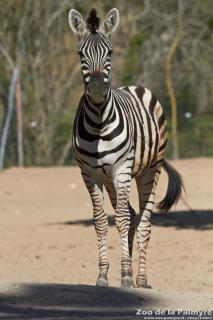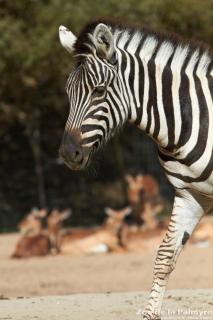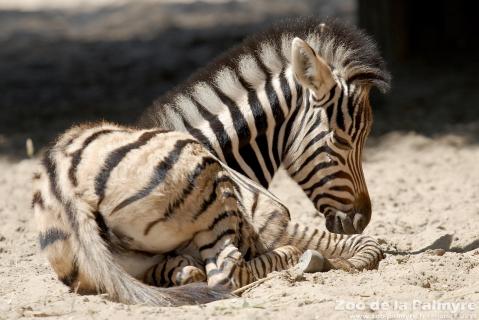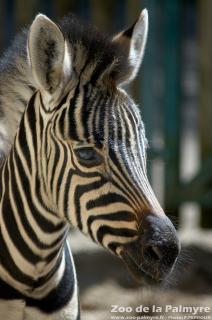Plains Zebra

Plains Zebra

-
Class
Mammalia -
Order
Perissodactyla -
Familly
Equidae
-
 1.3m to withers
1.3m to withers -
 175–320kg
175–320kg -
 12 months
12 months -
 1
1 -
 30 years
30 years
-
Diet
herbivorous -
Habitat
savannah, prairies -
Range
Africa (from south Sudan to South Africa) -
Population in the wild
En diminution -
IUCN REDLIST status

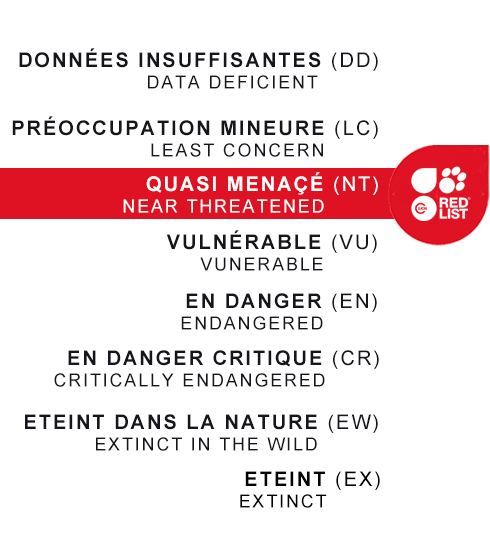
Plains Zebras have thicker, more widely spaced stripes on their coats than Grevy’s Zebras. They also have stripes under their belly, unlike other zebra species.
Females give birth to one young after a year-long pregnancy. The young are breastfed for about 6 months but start to graze at about one month of age. Plains Zebras form small groups of several females and one stallion. These harems come together to form large herds during the migration season.
Zebras feed for around 20 hours a day. They also need to drink every day, so they stay close to water sources during the dry season. In the rainy season they migrate towards pasturelands.
These are the only wild Equidae not to be endangered. The species is quite widespread and fairly common, despite certain sub-populations and sub-species being affected, to different degrees, by habitat loss, hunting and competition with livestock for access to pasturelands and water. Despite these pressures Plains Zebras are highly resistant, and in areas where they are protected, numbers can recover quickly after a drop in population.

